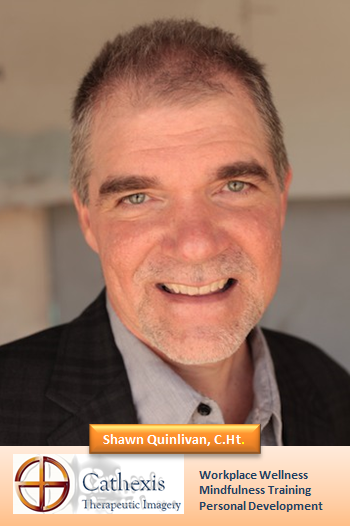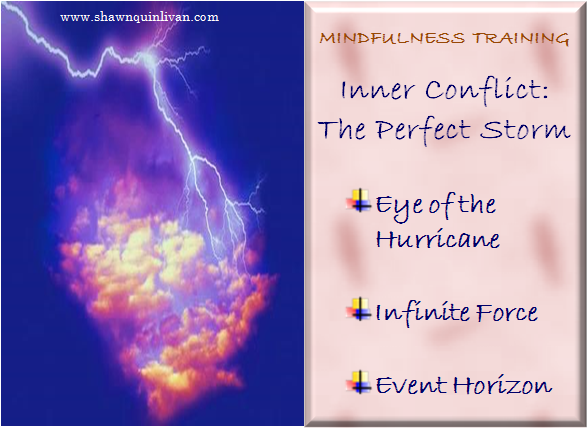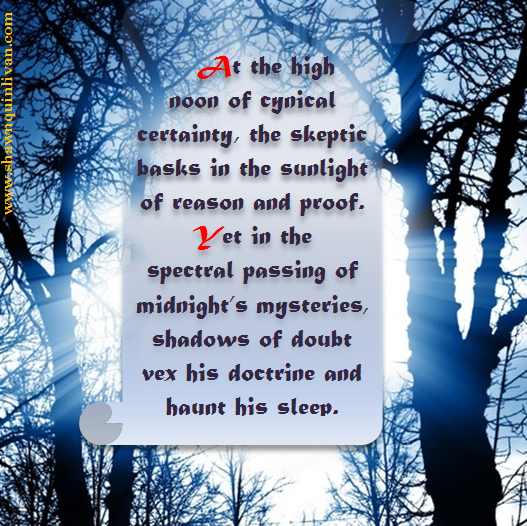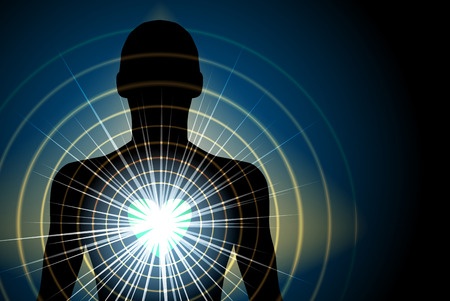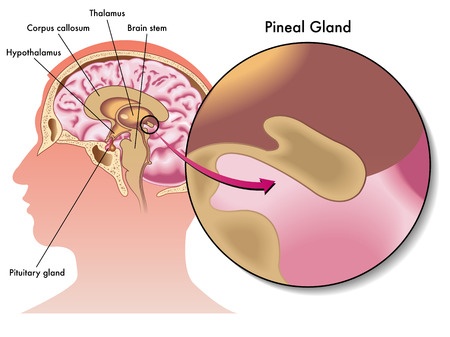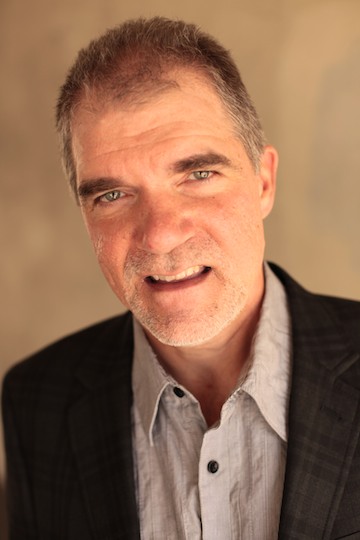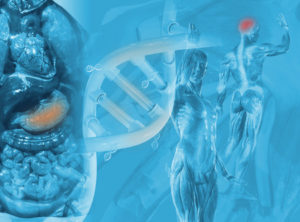
How do the numerous cellular interactions between the endocrine, immune, nervous and stress systems in the body impact functioning? What are the scientific underpinnings of the connection of mind, body and spirit and its effects on overall health? How do the emerging fields of neurophysics, psychoneuroimmunology and biophysics document the impact of stress and relaxation on the physical functioning of the body? What is the scientific basis for integrating mental, emotional and spiritual functioning in the healing process? These are some of the hard question we will answer in this article.
The Holistic Paradigm
In confirming that chronic stress compromises health by creating an unremitting suppression of the immune system, hundreds of seminal research studies conducted over the last three decades have established that comprehensive health care must address not only the connection of the mind and body, but also the spirit. In this context, the physiology of spirit or spirituality considers and accounts for the existence of energy fields, both within and outside the human body. Specifically, this research documents how factors such as light, sound, electromagnetism, meditation, faith, prayer, and love translate into chemical and electrical signals that profoundly influence our physical health and mental well-being. These studies confirm a biological energy exchange consistent with ancient philosophical concepts and support alternative and complimentary modalities of energy healing. [1]
Brainwaves
Practices such as biofeedback, autogenic training and especially mindfulness meditation have shown that deep relaxation― deep enough to induce the theta brainwave state―leads to and maintains physical health.
Studies demonstrate that theta brainwaves spawn cascades of relaxation hormones which substantially benefit physical and emotional health. These hormones include endogenous benzodiazapines, anandamide and other endogenous cannabinoids, melatonin, and N,N-dimethyltryptamine, a chemical thought to engender feelings of inner peace and spiritual enlightenment.
“The ideation that can take place during the theta state is often free flow and occurs without censorship or guilt. It is typically a very positive mental state.” ~Ned Hermann, Scientific American
Hormonal cascades resulting from the theta brainwave state provide a physiological basis for emotions and experiences that Western medicine has previously been unable to explain. [1]
Heart Intelligence
Groundbreaking research at the HeartMath Institute has revealed the heart as a sophisticated sensory organ that receives and processes information—an organ capable of learning, memory, and functional decision making independent of the brain’s cerebral cortex. Furthermore, numerous experiments have demonstrated that the heart continuously sends signals to the brain which influence the functions of perception, cognition, and emotional reactivity.
Spectral analysis has demonstrated that heart beat patterns change significantly as we experience different emotions, and that these changes correlate with the structure of the electromagnetic field of the heart. Brainwaves synchronize with this energy field, which is the most powerful electromagnetic field generated by the human organism and permeates every cell in the body. Negative emotions engender erratic, disordered, non-rhythmic heart beats, while positive emotions create heart beat patterns that are smooth, coherent, and rhythmic. During sustained feelings of compassion, appreciation, gratitude and love, blood pressure and respiratory functioning, among other oscillatory systems, naturally entrain to the heart’s soothing rhythms. Heart entrainment also occurs naturally during deep relaxation practices such as meditation, which induce the theta brainwave state.
These discoveries in neurophysics indicate that the heart is an organ of far greater intelligence than previously thought, and evidence suggests a profound cognitive interrelationship between brainwaves and the powerful electromagnetic energy signals emitted from the heart. These findings have led scientists and physicians to conclude that consciousness is a function of both the heart and brain, and that ethereal forms of sentience such as intuition, precognition, mood, and emotion may formulate and resonate within this realm. [2]
Integrative Biophysics
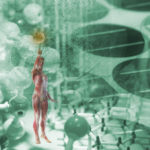
Peer-reviewed scientific evidence of biophoton emissions supports the underlying precepts of energy healing.
Expressions for traditional Eastern concepts of vital life energy, such as prana, chi and aura, have transcended New Age esoterica and joined the mainstream lexicon, both in the general public and the health care community. A certain degree of this legitimacy, along with a growing move in science from classical physics and chemistry into quantum mechanics and field theory, is due to the pioneering work of Dr. Fritz-Albert Popp and his colleagues in the biophoton field.
The biophoton theory holds that biophotonic light is stored in the cells of the organism—specifically in the DNA molecules of their nuclei—and a dynamic web of light constantly released and absorbed by the DNA may connect cell organelles, cells, tissues, and organs within the body and serve as the organism’s main communication network and as the principal regulating instance for all life processes.
In his widely acclaimed book, Biophotons – The Light Of Our Cells, Marco Bischoff summarizes ninety years of peer-reviewed, published research in the biophoton field as follows:
“All living organisms, including humans, emit a low-intensity glow that cannot be seen by the naked eye, but can be measured by photomultipliers that amplify the weak signals several million times and enable the researchers to register it in the form of a diagram. As long as they live, cells and whole organisms give off a pulsating glow with a mean intensity of several up to a few ten thousand photons per second and square centimeter, also known as ‘cellular glow’ or ‘ultraweak bioluminescence.’ These biophotonic phenomena could point to long-range interactions between biological organisms. This possibility is supported by observations of intercellular signaling mediated by biophotons via a field containing coherent states.” ~Marco Bischoff
The holographic biophoton field of the brain and nervous system, and possibly that of the entire organism, may also serve as the basis of memory and other phenomena of consciousness, as postulated by renowned neurophysiologist Karl Pribram and others. The coherent ‘conscious’ properties of the biophoton field are closely related at a fundamental level to the properties of the physical vacuum and indicate its possible role as an interface to the non-physical realms of mind, psyche and consciousness.
The term integrative biophysics emerged from this groundbreaking work, which is a modeling of the organism based on quantum mechanics and the primacy of the unseparable whole. This addresses the essential interconnectedness within the organism as well as between organisms, and that of the organism with the environment. The foundation of integrative biophysics—contemplation of the existence of a pre-physical, unobservable domain of potentiality in quantum theory, which forms the basis of the fundamental unity and wholeness of reality from which the patterns of the material world arise—provides a new model for understanding the holistic features of organisms, such as morphogenesis and regeneration. [3]
The Pineal Gland
The pineal gland, also known as the mind’s eye and the third-eye chakra, is the psychological interface of mind, body and spirit. This critical endocrine gland, steeped in ancient lore and mythos, functions as a liaison between our internal body systems and the external world, transducing environmental information into chemical and electrical signals within the body. Sensitive to all magnetic fields and directly wired to the visual cortex in the brain, the pineal gland catalyzes our sensory perceptions into images and modulates consciousness.
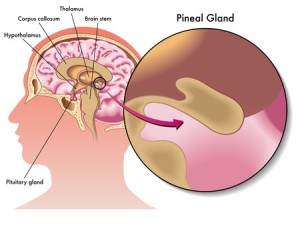 A more accurate understanding of pineal gland functioning has emerged in recent years, largely as a result of isolating the major pineal hormone, melatonin. Research presents convincing evidence that the pineal, and not the pituitary, is the master gland of the endocrine system. By converting light, sound, temperature and magnetic environmental information into neuroendocrine signals, the pineal gland regulates and orchestrates our internal clock, body functions, and influences a broad array of life rhythms.
A more accurate understanding of pineal gland functioning has emerged in recent years, largely as a result of isolating the major pineal hormone, melatonin. Research presents convincing evidence that the pineal, and not the pituitary, is the master gland of the endocrine system. By converting light, sound, temperature and magnetic environmental information into neuroendocrine signals, the pineal gland regulates and orchestrates our internal clock, body functions, and influences a broad array of life rhythms.
As the energy transducer of hormonal and electrical signals within the body and modulator of consciousness, the pineal gland also processes enigmatic forms of awareness that transcend the five senses—such as heart intelligence, biofield signaling and brainwave states—which are actuated into thought, emotion and spiritual reckoning. In their book, The Scientific Basis of Integrative Medicine, authors Len Wisneski, MP, FACP and Lucy Anderson, MSW, postulate on the ways in which the pineal gland interfaces with the other energy portals of the body, or chakras, as depicted in Eastern religious philosophies and medical systems. Many energy healing modalities are reviewed and scientific studies presented, including the putative effects of prayer and meditation and the impact of spirituality on physical health. [1]
Complimentary & Alternative Medicine
The movement of life energy has been part of virtually every traditional healing system throughout history. Unfortunately, Western medical science removed the concept of “vitality” in the 19th century and as a result, still encounters resistance to these critical ideas which are fundamental to Eastern medicine systems. During the last three decades, however, Americans and Canadians have embraced the many therapeutic approaches offered by the proponents of these traditional healing modalities.
In the United States, energy healing or ‘energy medicine’ is officially recognized as a sub-specialty within the larger field of Complementary and Alternative Medicine (CAM). The National Center for Complementary and Alternative Medicine (NCCAM), a center within the National Institutes of Health, is the federal government’s lead agency for scientific research on CAM; its mission is “to explore complementary and alternative healing practices in the context of rigorous science, and to disseminate authoritative information to professionals and the public.”
NCCAM divides energy medicine into the following applications:
- Veritable Energy Fields: Energy fields that can be measured for diagnosis and treatment, including mechanical vibrations such as sounds, electromagnetic forces including visible light, magnetism, monochromatic radiation such as lasers, and rays from other parts of the electromagnetic spectrum.
- Putative Energy Fields: Energy fields that defy measurement by reproducible methods. Putative energies are based on the idea that a subtle form of energy—vital energy or life force—infuses living systems, a concept that has been known in traditional healing practices by many names, including pranic healing, etheric energy, auric healing, fohat, orgone, Odic force, mana, and homeopathic resonance.
A generally hostile orientation of skepticism, some of which originates from factions of the health care industry with materialistic conflicts of interest, has cast aspersions on the CAM community and created confusion among the general public. Nonetheless, each year nearly half of Americans use some form of alternative therapy, often as a complementary modality to conventional Western medicine. Medical schools and hospitals now offer courses and programs in CAM approaches, many of which are rooted in the underlying principals of energy healing. [4]
Subtle Energy

The role of endogenous biofields in regulating living organisms is a guiding construct in new research on energy healing.
The family of energy healing modalities that have been widely practiced since antiquity contemplate biocommunication and energy transfer through endogenous biofield interactions. Evidence of endogenous biofields in living organisms now exists, and current theoretical foundations are being rigorously explored and developed. A review of biofields and related topics from the scientific community reveals an emerging body of knowledge regarding the underlying origin and principles of such fields, including macrolevel concepts of our planet as a complex, self-regulatory living system. The properties appear to be based on electromagnetic fields, coherent states, biophotons, quantum and quantum-like processes, and ultimately the quantum vacuum.
A growing acceptance of these endogenous biofields, which are commonly referred to as subtle energy, is the foundation of a new medical paradigm, an integral physiological approach uniting the enormous contributions of Western medicine with the profound insights of Eastern systems of health. Subtle energy bridges belief systems and offers a neutral ground of communication for people of myriad backgrounds to communicate about phenomena that science is still endeavoring to settle. Subtle energy not only steps beyond the connection of mind and body and validates experiences of an ‘intuitive’ or ‘spiritual’ nature, but acknowledges their influence on the natural self-healing abilities of the human body.
Consideration of the complex homeodynamic regulation of living systems through the lens of subtle energy is a harbinger to the hard science that is still emerging, providing a framework for dialogue and learning about the non-physical aspects of healing. Indeed, understanding how the human body interacts with and utilizes subtle energy is the new frontier in medical research. [1] [3] [5]
References
- The Scientific Basis of Integrative Medicine, U.S. National Library of Medicine, National Institutes of Health
- HeartMath Institute Research Library
- Biofield Science: Current Physics Perspectives, U.S. National Library of Medicine, National Institutes of Health
- Energy Medicine in the United States, Foundation for Alternative and Integrative Medicine
- Biofield Science and Healing: History, Terminology, and Concepts, U.S. National Library of Medicine, National Institutes of Health










